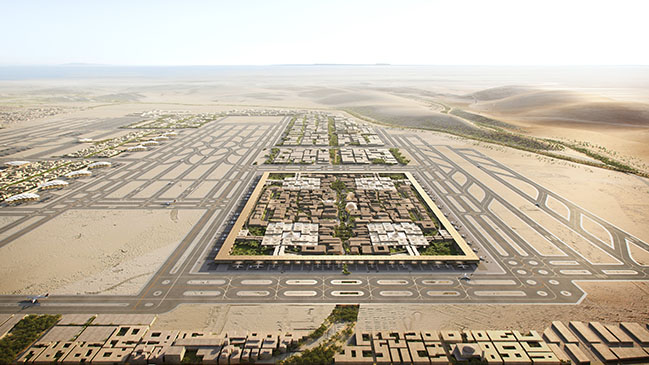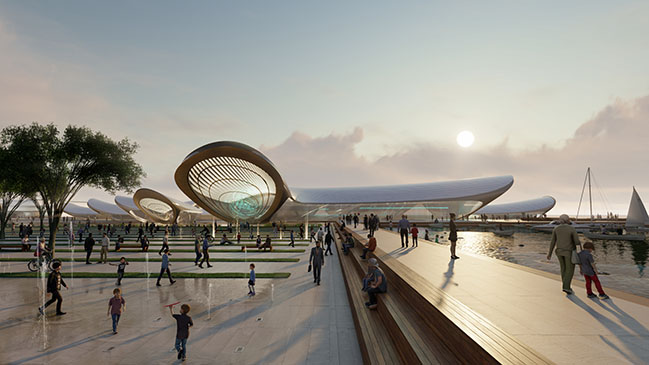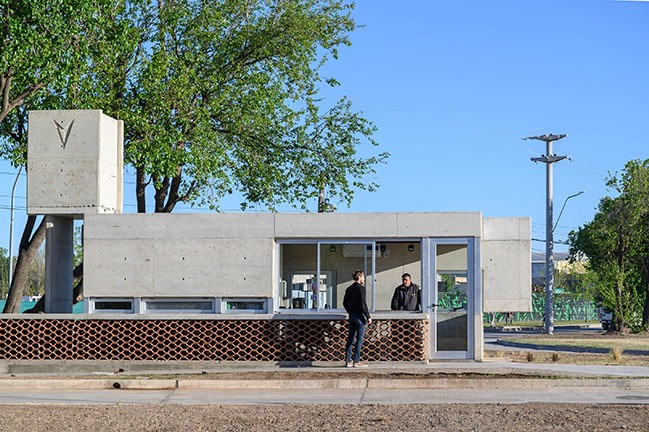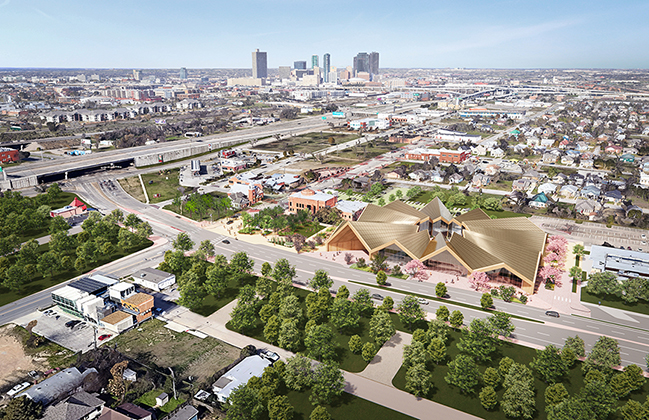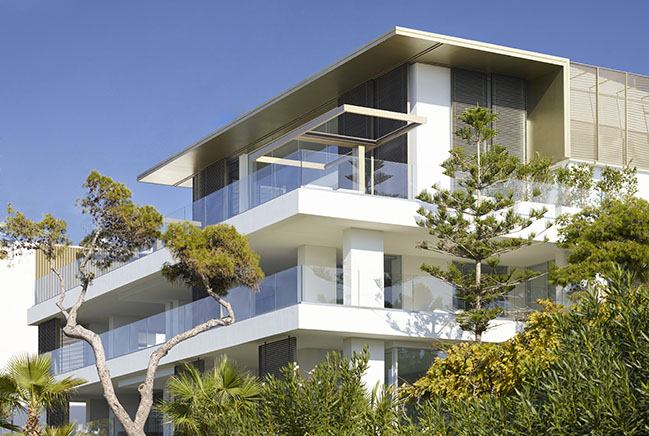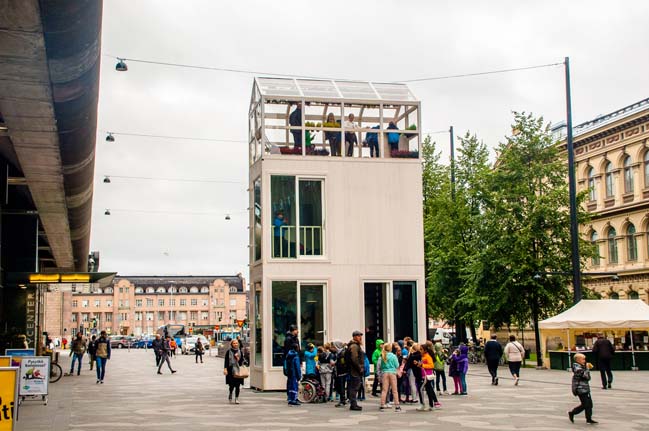12 / 08
2022
CRA and Italo Rota turn an 18th-century hospital complex in Italy into a multidisciplinary cultural hub. The master plan for AGO Modena Fabbriche Culturali features an origami-inspired kinetic roof designed with artist-engineer Chuck Hoberman, part of a broader, progressive vision for the restoration of historical buildings...
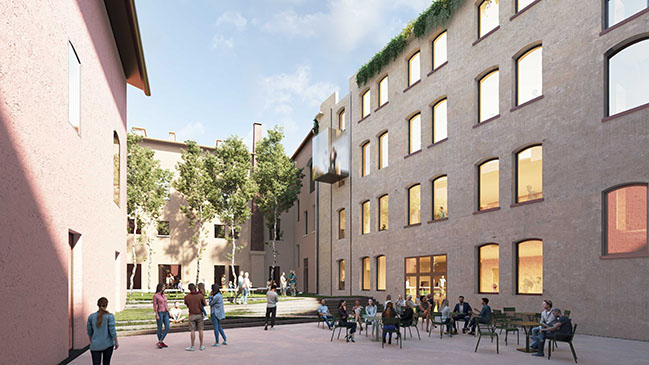
> The Mutti Canteen by CRA-Carlo Ratti Associati | Michelin-Starred Cuisine Under the Grass
> CRA-Carlo Ratti Associati unveiled a design vision for fusion power plants
From the architect: International design and innovation studio CRA-Carlo Ratti Associati and architect Italo Rota have developed a project to transform a venerable former hospital complex in Modena, Italy, into one of the country’s major cultural and innovation hubs. The design features a triangular-shaped plaza topped with an origami-like movable roof, conceived of by CRA and artist-engineer Chuck Hoberman. The master plan for the new hub, called AGO Modena Fabbriche Culturali, proposes a novel approach to the restoration of cultural heritage that grants it the flexibility to adapt to changing future configurations.
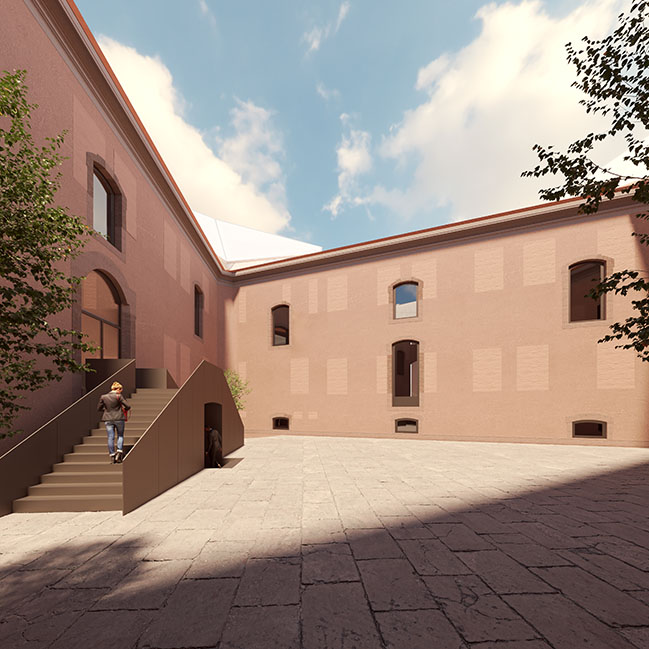
Measuring 20,000 square-meter (210,000 square-foot), the project by CRA and Italo Rota pursues an experimental design approach, matching the practices of architectural conservation with the transformative qualities of kinetic architecture, which is normally employed in temporary installations.

This is best characterized by one of AGO’s main courtyards, where a kinetic roof creates a multitude of spatial experiences. Lightweight and foldable, it opens and closes easily like origami, transforming this long-neglected courtyard into a social space adaptable to various climatic conditions and functions. Photovoltaic panels will also be installed on the new structure to harvest solar energy to help power the complex. The roof is a co-creation between CRA and Hoberman, one of the world’s leading experts in dynamic structure design and a former collaborator with NASA, the American space agency.
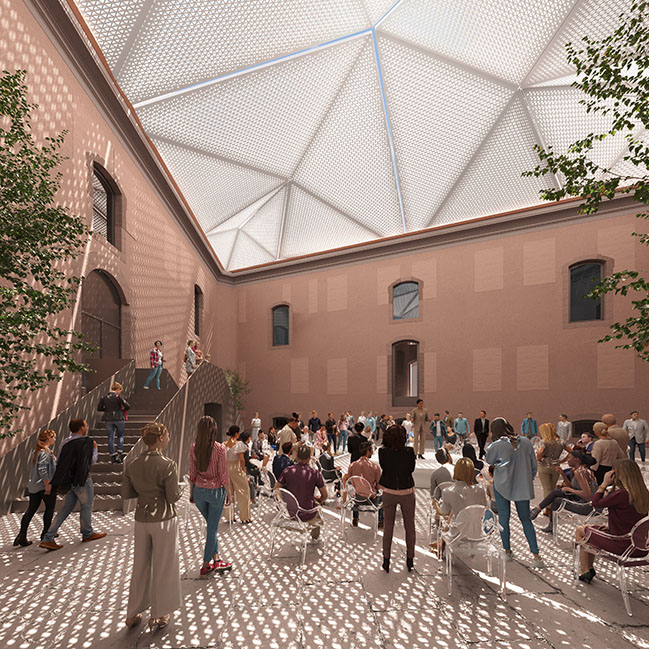
“Cultural places should be thought of as dynamic, capable of incorporating change over time,” says Carlo Ratti, founding partner of CRA and director of the MIT Senseable City Lab. “The changing nature of the built environment enables, in turn, a participatory approach to activate cultural production. AGO’s architecture sets up flexible, reconfigurable spaces where past and future complement each other.”
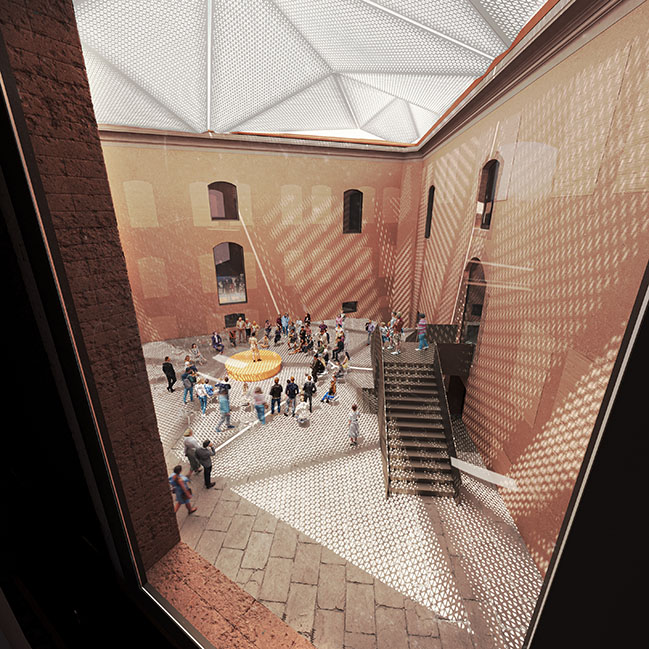
Historical and contemporary elements are also present in other parts of the complex. Through the impressive “Tenaglie” corridors – whose name derives from their distinctive pincer-like vaults – visitors arrive at the chimney courtyard. Here, another kinetic installation leads people to a new rooftop terrace, now transformed into a garden where one can enjoy a bird’s eye view of Modena’s old house roofs and church domes.
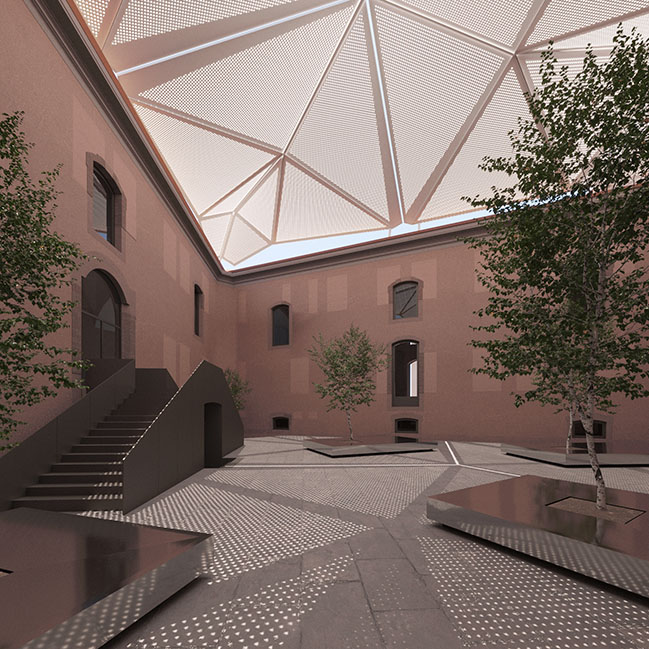
“When we took a close look at AGO’s past, we discovered a panoply of histories, characters, and functions.” architect Italo Rota says. “Because the complex had so many pasts, we thought our design should allow it to embody a multiplicity of futures. AGO Modena is the perfect embodiment of this approach as it brings together museums, training and co-working space under the same roof.”
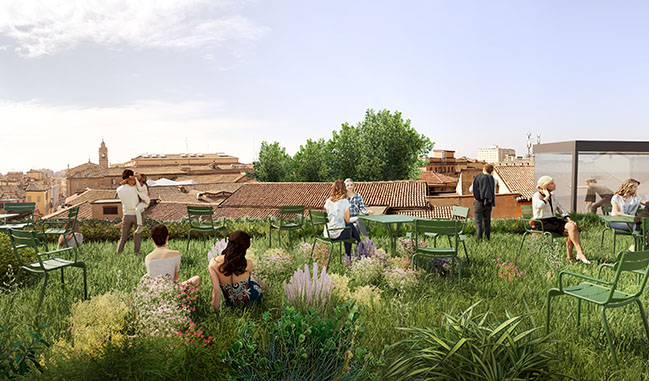
The AGO site is situated at the entrance to Modena’s medieval city center, whose monuments are part of the UNESCO World Heritage list. The immense complex was built in the mid-18th century, with a sense of simplicity that hints at its function as the local Sant’Agostino Hospital. A previous, unrealized restoration was developed by architect Gae Aulenti in 2012.
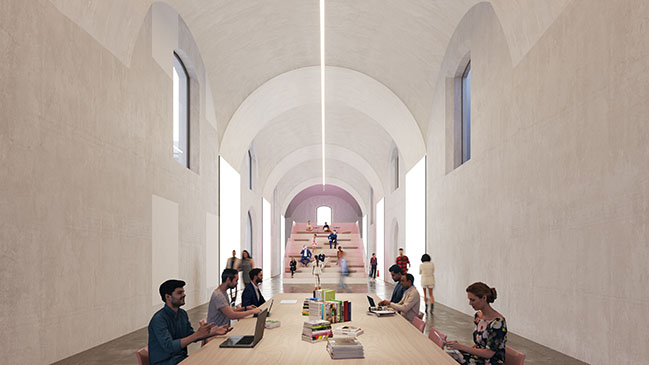
When completed, AGO Modena will become a location that unites various institutions in visual arts, digital culture and educational experimentation. Established by the City of Modena, Fondazione di Modena and the University of Modena and Reggio Emilia, AGO will host numerous entities across many disciplines, including the Modena Visual Arts Foundation, the Museo della Figurina dedicated to collectible cards, and the Interdepartmental Research Center on Digital Humanities.

“In many cases, the restoration of an ancient building leads to a static result that does not interact much with what will be contained inside. In the project for the former Sant’Agostino Hospital, we strive to restore the ancient and monumental space and free it from any obstruction. Moreover, the project seeks an openness to be in dialogue with future installations,” comments architect Francesco Doglioni, an expert in the field of restoration and a project’s team member. “What we aimed for while enhancing the building’s ancient components is dynamic reconfigurability: reversible and adaptive to continuous transformation. The restoration is left deliberately unfinished in some places. This leaves the building room to undergo further evolutions, provoking a constant tension between the old and the new.”

AGO Modena exemplifies CRA’s experimentation in delivering innovative design solutions to the challenges of restoring high-valued buildings. Previously, the studio has designed the Agnelli Foundation Headquarters in Turin and MEET Digital Cultural Center in Milan, both converted from longstanding local landmarks. Moreover, AGO continues the collaboration between CRA and Hoberman in kinetic design. This partnership began in 2021 with Parelio, a parasol which harvests solar energy to power devices from mobile phones to refrigerators, created for Italian gelato and frozen dessert brand Sammontana.
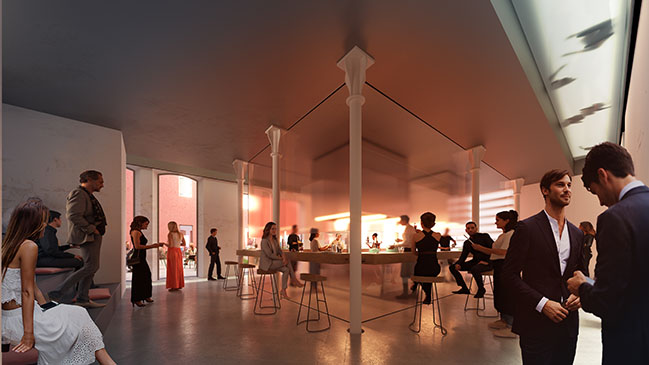
Project by: CRA-Carlo Ratti Associati and Italo Rota
Year: 2022
CRA Team: Carlo Ratti, Andrea Cassi (partner in charge), Francesco Strocchio (project manager), Valentina Grasso (preliminary phases project manager), Alba Leon Alvarez, Lorenzo Anghinoni, Iratxe De Dios, Serena Giardina, Giulia Lodetti, Eugenia Macchia, Nicolette Marzovilla, Giovanni Trogu, Gizem Veral, Jelena Krco, Matteo Zerbi, Gary Di Silvio, Pasquale Millieri, Gianluca Zimbardi
Italo Rota Building Office Team: Italo Rota, Francesca Grassi
Kinetic roof: Hoberman Associates (Chuck Hoberman, Matthew Davis)
Kinetic roof structure: INGEMBP (Corrado Curti)
Restoration: Studio Associato Architetti Francesco Doglioni e Renata Daminato (Francesco Doglioni)
Structural, mechanical and electrical engineering and safety: Politecnica (Luciano Gasparini, Giorgio Poggi, Francesco Micheletti, Ferdinando Sarno, Francesco Frassineti, Claudio Pongolini, Ilaria Mazzi, Claudia Zironi, Giovanni Gamberini, Giuliana Bellei, Francesca Ficarra, Massimo Trento, Tania Costantini, Sergio Boccaletti, Emanuela Gosti)
Landscape: Studio Laura Gatti (Laura Gatti, Marco Peterle)
Acoustics: Vibes (Alessia Griginis, Sabrina Canale)
Fire prevention: GAE Engineering (Giuseppe Amaro, Valentina Crimì)
Lighting: Light Follows Behaviour (Elettra Bordonaro, Argun Paragamyan)
Cost consultant: Marco Figazzolo
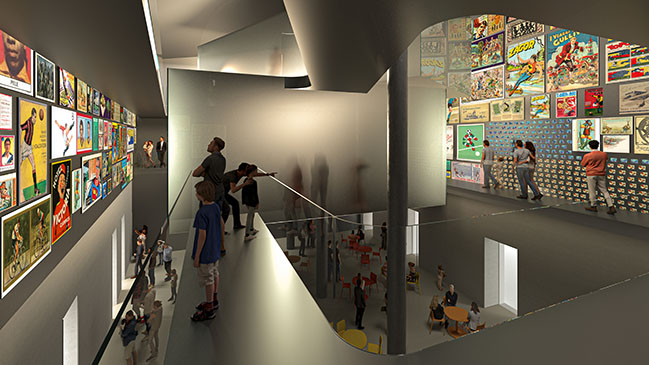
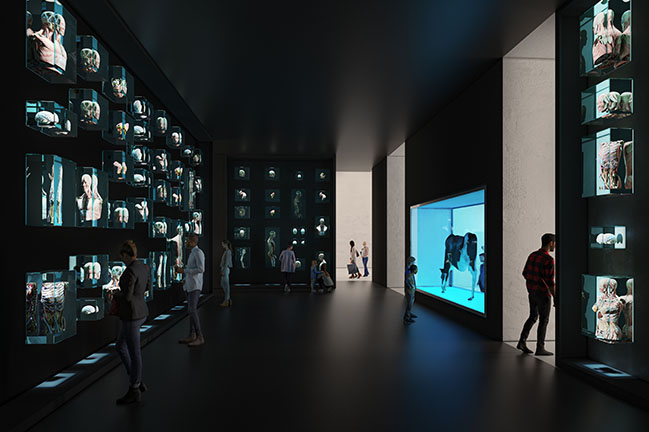
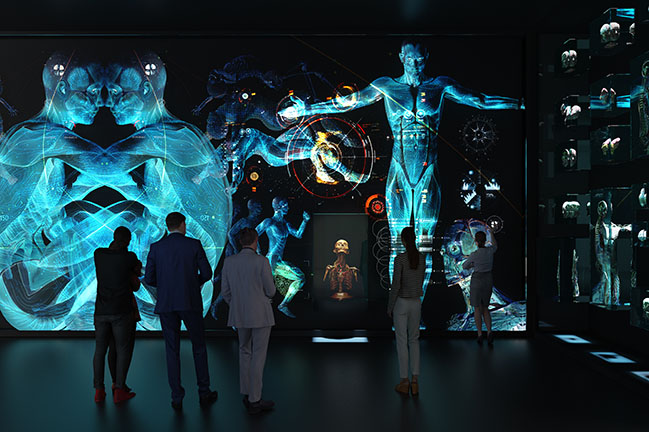
AGO Modena by Carlo Ratti Associati and Italo Rota
12 / 08 / 2022 CRA and Italo Rota turn an 18th-century hospital complex in Italy into a multidisciplinary cultural hub. The master plan for AGO Modena Fabbriche Culturali features an origami-inspired kinetic roof designed with artist-engineer Chuck Hoberman...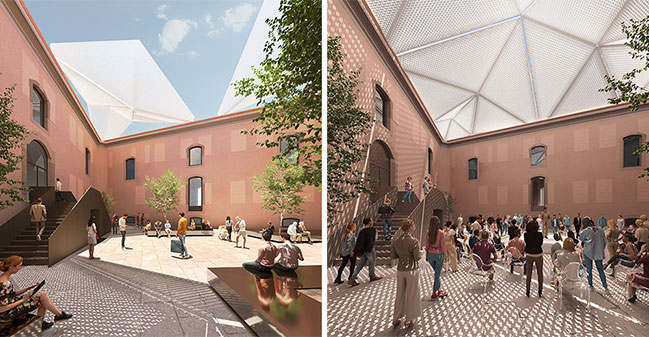
You might also like:
Recommended post: Micro apartment building by Casagrande Laboratory

